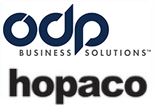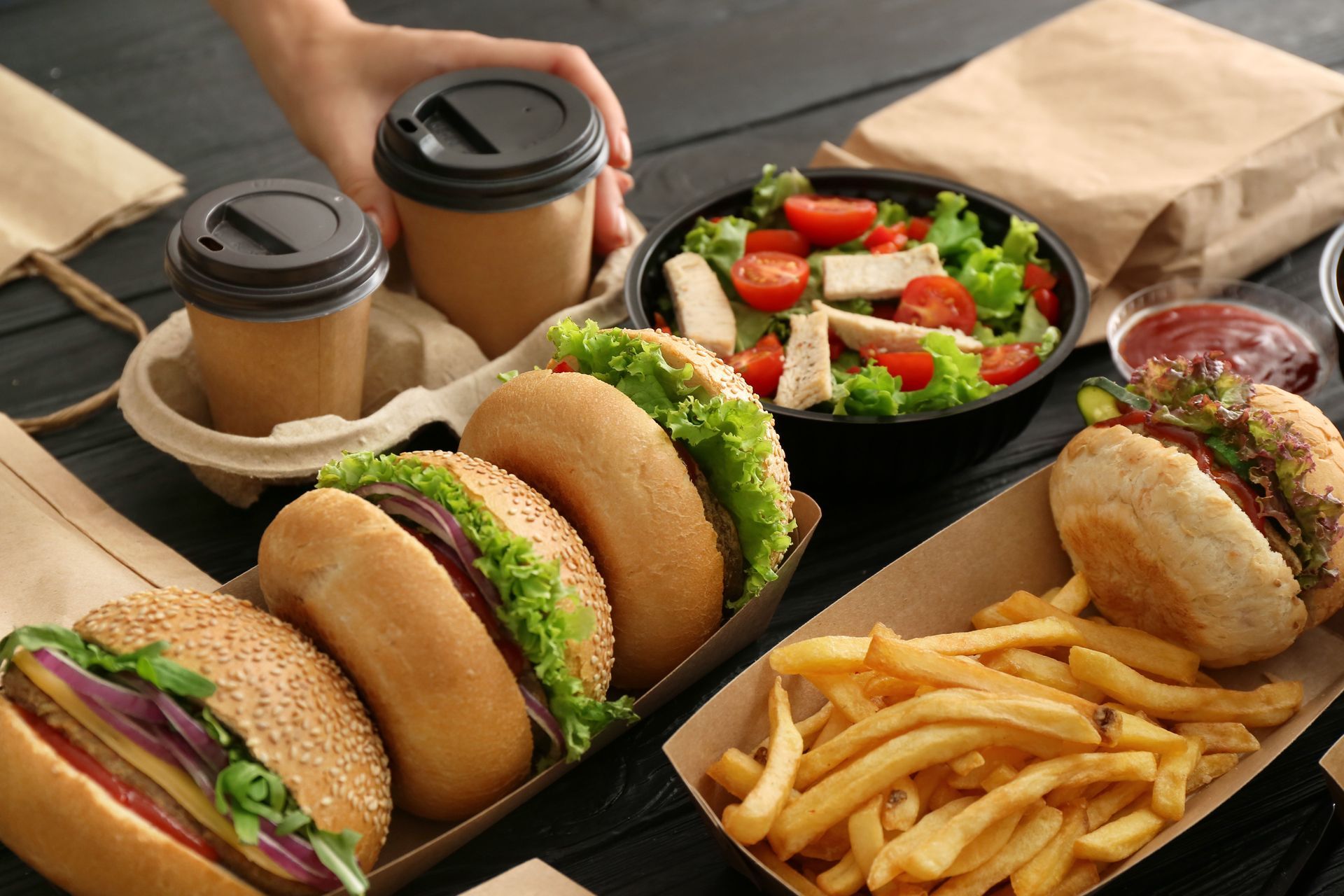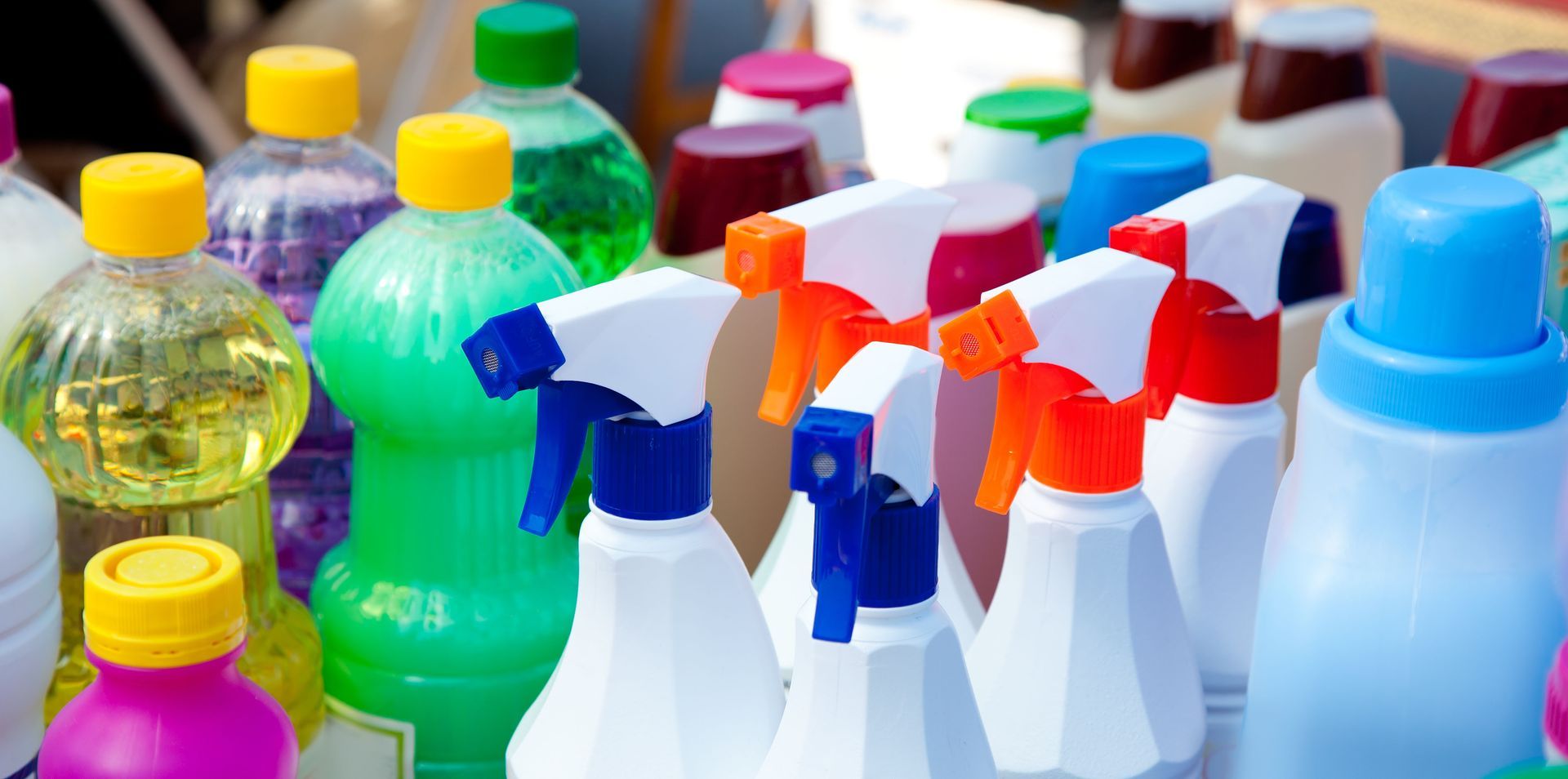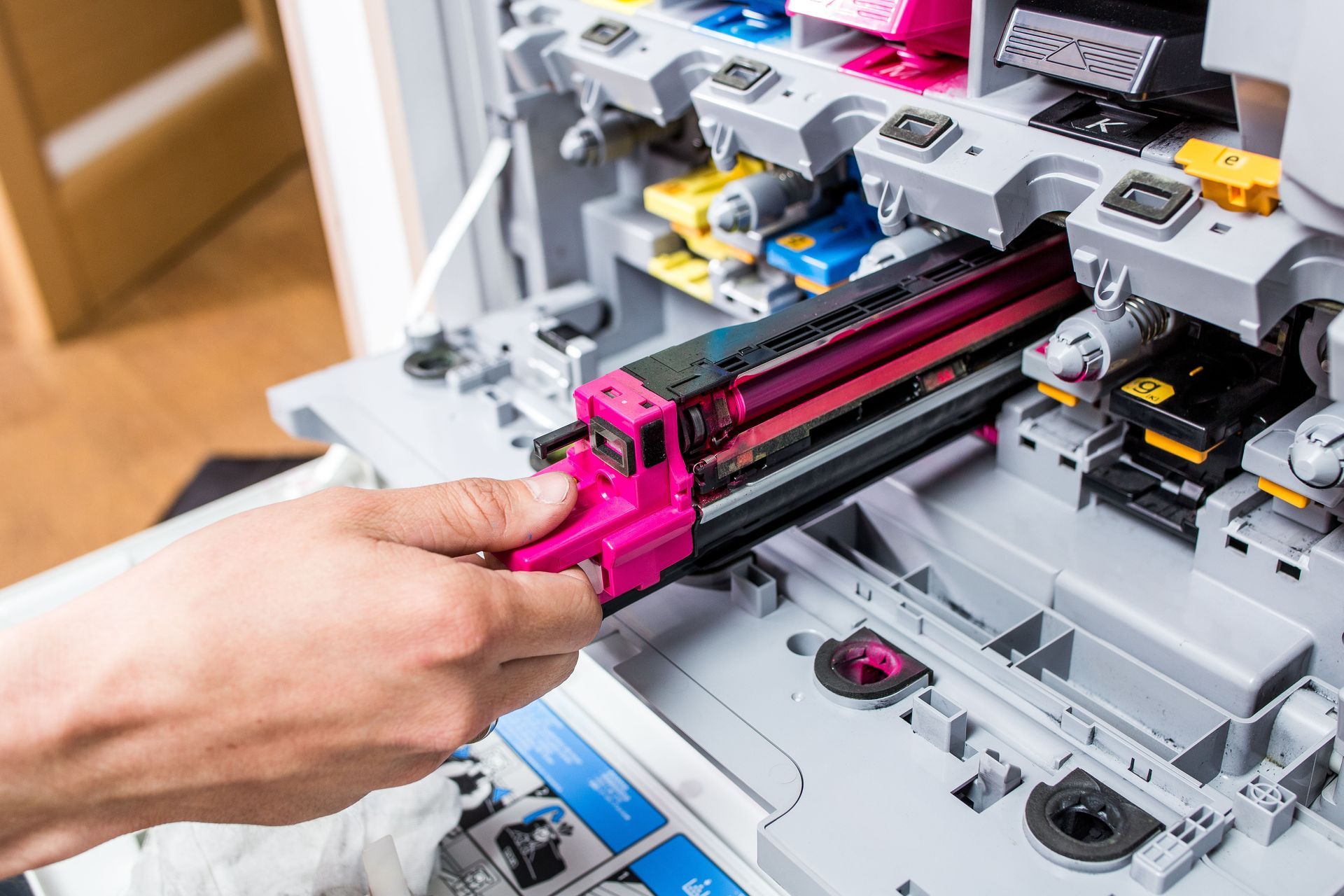Foodservice Sanitation 101: the Importance of Cleaning Solution
In the fast-paced world of foodservice, cleanliness isn’t just a requirement — it's a commitment to safety, quality, and reputation. Whether you’re managing a bustling restaurant, a school cafeteria, or a catering business, sanitation is a foundational element that directly affects the health of customers and the credibility of your brand.
Behind the scenes, there are many moving parts when it comes to sanitation, but one of the most overlooked aspects is the proper use and choice of a cleaning solution. While it may seem like a simple component of your operation, it plays a critical role in preventing foodborne illnesses, maintaining regulatory compliance, and supporting overall hygiene.
This blog takes a deep dive into foodservice sanitation basics and why your cleaning solution deserves more attention than it probably gets. We’ll explore common pitfalls, best practices, and how the right approach can not only improve safety but also align with growing consumer expectations.
Why Foodservice Sanitation Matters
First, let’s understand why sanitation in foodservice is non-negotiable. At its core, foodservice sanitation is about protecting people. Improper cleaning or neglecting hygiene protocols can lead to contamination, foodborne illnesses, and even outbreaks that can permanently damage a brand’s reputation. The stakes are high — just one missed step can result in fines, shutdowns, or worse, public health crises.
In the United States alone, the Centers for Disease Control and Prevention (CDC) estimates that 1 in 6 Americans get sick from foodborne illnesses every year. These illnesses often originate from bacteria like E. coli, Salmonella, and Listeria, which thrive in environments where cleanliness is inconsistent or insufficient.
Beyond health concerns, sanitation is also about creating a trustworthy dining environment. Guests expect a clean, safe space to enjoy their meals, and anything less can cost your business. A clean environment builds trust, drives repeat customers, and fosters word-of-mouth marketing — all critical for long-term success in the competitive food industry.
The Role of Surfaces and Equipment
Sanitation is not just about wiping down tables or washing dishes. Every surface and piece of equipment that comes into contact with food — or even with food handlers — must be properly cleaned and sanitized. This includes prep counters, slicers, cutting boards, grills, utensils, sinks, and even less obvious areas like refrigerator handles or storage containers.
Cross-contamination is one of the most common causes of foodborne illness, and it often occurs when equipment is not cleaned properly between uses. For instance, using the same cutting board for raw chicken and vegetables without thorough cleaning in between can transfer harmful bacteria, putting diners at risk.
That’s why it's vital to have standard operating procedures (SOPs) in place that detail exactly how and when to clean each item. Using the correct cleaning solution — one that is approved for food-contact surfaces and designed to eliminate the specific threats present in your kitchen — is part of that process. Water alone doesn’t cut it. Soap and water might clean visible grime, but without a proper cleaning solution, bacteria and viruses may still linger.
Choosing the Right Cleaning Solution
Not all cleaning products are created equal, and in a foodservice environment, this distinction matters. Some products are too harsh for certain surfaces, while others are not effective enough against pathogens. Others still may contain ingredients that are unsafe for food-contact areas unless thoroughly rinsed — and even then, some residue can remain.
So, what should foodservice operators look for when selecting a cleaning solution?
First, make sure it’s certified or approved by relevant regulatory agencies like the EPA or NSF for use in commercial foodservice settings. Next, consider the specific types of contaminants you’re targeting. For example, kitchens that handle raw meat will have different sanitation needs compared to a bakery or salad bar.
Additionally, there's an increasing demand from consumers and stakeholders for eco-friendly, non-toxic cleaning options. According to the Charlton Media Group, there is a growing demand for sustainability and transparency in food sourcing, with 74% of consumers considering these factors crucial. That sentiment extends to sanitation practices as well. Many businesses are now opting for biodegradable, fragrance-free, or plant-based cleaning solutions that support a broader commitment to health and sustainability.
Whatever you choose, ensure that staff are trained on how to use it properly. Overuse, underuse, or incorrect dilution can either reduce the effectiveness or cause surface damage and health hazards.
Training and Staff Awareness
One of the biggest gaps in foodservice sanitation isn’t equipment or supplies — it’s knowledge. Even with the best tools in place, improper use can render them ineffective. Training your staff thoroughly on cleaning protocols, product usage, and hygiene standards is essential. Without consistent education, even well-meaning employees can unintentionally cut corners or use products incorrectly, compromising both safety and efficiency.
Every employee should understand how to correctly use a cleaning solution — from dilution to application to required contact time. Too often, busy workers spray and immediately wipe, not allowing the solution enough time to work. Or they may reuse dirty rags that simply spread germs instead of removing them. Proper training ensures these mistakes are minimized and that sanitizing tasks become second nature, even during high-pressure service hours.
Training should be more than a one-time orientation session. It needs to be reinforced regularly through reminders, updated protocols, signage, and supervisory checks. If possible, integrate sanitation checks into your daily closing routines and prep shifts to ensure accountability. Regular hands-on refreshers or short training videos can also keep techniques sharp and help onboard new team members quickly.
Maintaining Compliance and Building Trust
Foodservice operations are routinely inspected by health departments, and sanitation is one of the most heavily scrutinized areas. Failing to maintain compliance can result in point deductions, warnings, or even closure. Using the right cleaning solution and applying it correctly plays a large role in meeting these standards.
But compliance isn't just about passing inspections. It also builds trust with your customers. Transparency in sanitation protocols can become a selling point, especially in a post-pandemic world where guests are more hygiene-conscious than ever. Consider making your cleaning practices visible — whether it’s through open kitchen layouts, posted cleaning schedules, or digital signage highlighting your sanitation efforts.
Social media and review platforms amplify every customer experience. One negative review about cleanliness can deter potential guests and harm your online reputation. On the flip side, visible commitment to hygiene and cleanliness can set you apart from competitors.
Additionally, adopting innovative sanitation technologies — such as color-coded cleaning tools, automated dispensers, or UV sanitizing devices — can further boost both compliance and consumer confidence.
Sanitation is far more than a background task; it’s a cornerstone of food safety and customer satisfaction. The right cleaning solution, used properly and consistently, can make all the difference between a thriving business and a troubled one.
In a world where diners are more informed, more cautious, and more vocal than ever, foodservice providers must prioritize hygiene not only to meet regulations but to exceed expectations. By focusing on thorough training, mindful product selection, and consistent execution, your operation can turn cleanliness into a competitive advantage.
After all, good food starts with a clean kitchen — and nothing supports that better than a well-chosen, well-used cleaning solution.
Keep your kitchen safe, spotless, and compliant with top-quality cleaning solutions from Hopaco. Contact us today to find the right products for your foodservice operation and elevate your sanitation standards.














Share On: